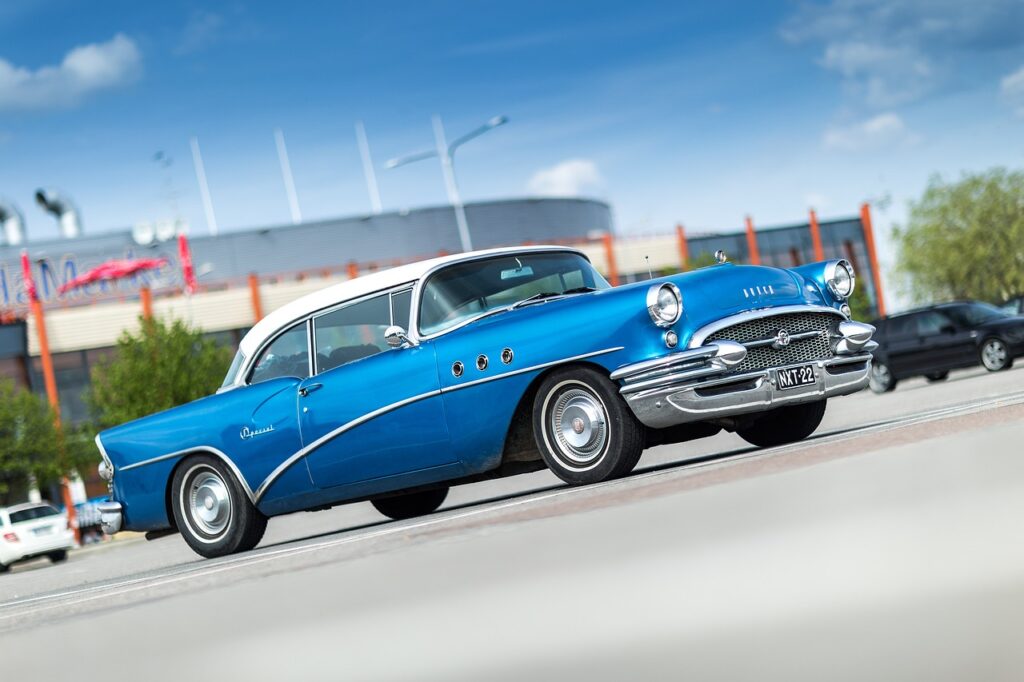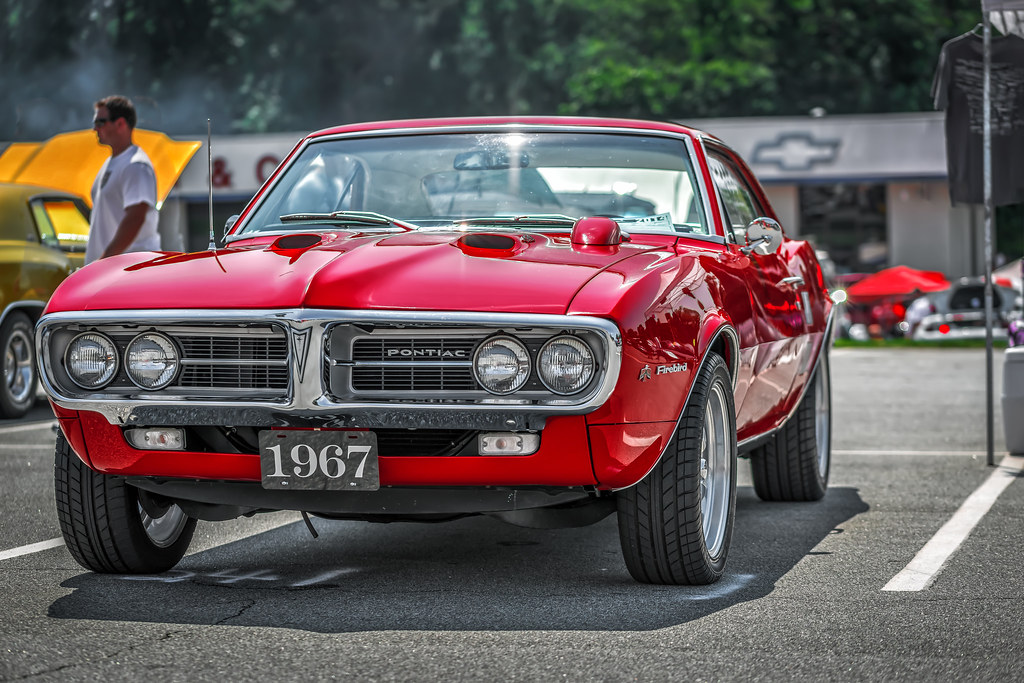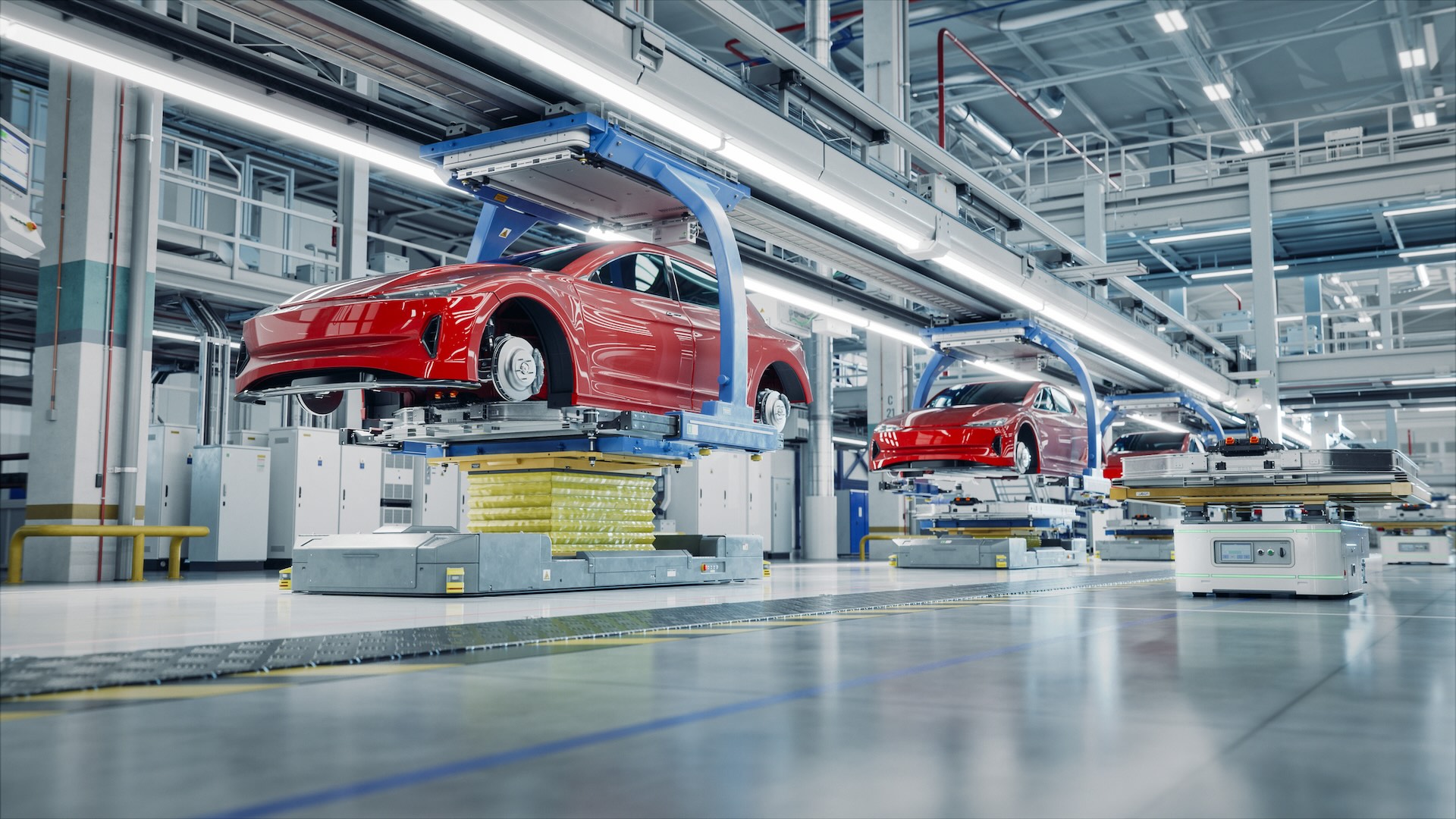
In the vast and ever-evolving world of automotive customization, the allure of enhancing your ride is undeniable. From subtle tweaks to dramatic overhauls, the options seem endless, promising to elevate your driving experience or simply make your vehicle stand out from the crowd. However, not every add-on is a wise investment, and many can drain your wallet without delivering any real, tangible value.
It’s a common trap: you love customizing your car, and the market is flooded with accessories that claim to boost performance, improve aesthetics, or simplify your daily commute. But for every genuinely useful modification, there are numerous gimmicks that are a total waste of money, as experts widely agree. These unnecessary purchases can range from the purely cosmetic to the supposedly functional, yet they often fall short on their promises, sometimes even creating new problems.
We’ve delved into the realm of car accessories to identify those items that might look appealing on paper or in a flashy advertisement but ultimately prove to be redundant, unsafe, or simply ineffective. Our goal is to empower you to make smarter decisions, optimize your resources, and avoid common pitfalls when it comes to modifying your vehicle. Let’s explore some of the top offenders that experts say you should definitely avoid.

1. **Fake Exhaust Tips**
Many car owners are drawn to the aggressive, sporty look that certain exhaust tips can provide. These fake exhaust tips, often featuring chrome or black finishes and angular designs, are crafted with one primary purpose: to make onlookers believe your vehicle harbors a high-performance engine underneath. However, the reality is far less impressive, and investing in such an accessory is often a case of tricking oneself more than anyone else.
Experts point out that these imitation tips are easily detected as fake upon closer inspection, failing to deliver the illusion they promise. Beyond their deceptive appearance, the most crucial drawback is their complete lack of functional benefit. Your car’s fundamental performance—its acceleration, braking capabilities, and even its sound—will remain precisely the same as before the installation.
So, why allocate your hard-earned cash to something that offers no performance upgrades and merely serves as a cheap imitation? It’s an expenditure that provides zero practical value, making it a prime example of a car accessory that simply isn’t worth your money. Focusing on genuine performance enhancements or even just enjoying your vehicle as it is would be a more prudent financial decision.
Read more about: 14 Car Accessories That Are Seriously Struggling to Justify Their Price (And Why Drivers Are Saying ‘Total Rip-Off’)

2. **Oversized Spoilers**
The image of a sleek sports car with a prominent rear spoiler is iconic, signaling high performance and aerodynamic efficiency. This aesthetic appeal leads many vehicle owners, even those of SUVs or sedans, to consider installing an oversized spoiler or rear wing on their cars. However, the practical benefits for the average driver on public roads are virtually non-existent, while the drawbacks can be surprisingly significant.
Installing a spoiler can cost a minimum of around $100, which is a considerable investment for a purely aesthetic modification. While it is true that spoilers are designed to improve downforce at extremely high speeds, enhancing traction and stability, the fact remains that you are highly unlikely to ever push a standard SUV or sedan to such limits on public roads. Vehicles genuinely designed for those speeds and racing environments already come equipped with functional aerodynamic elements.
Therefore, unless you are consistently hitting speeds of 200+ mph on a dedicated racetrack, that giant rear wing is predominantly a visual statement. In fact, on regular cars, these massive spoilers often look out of place or even ridiculous, drawing attention for the wrong reasons. Furthermore, their presence can negatively impact your vehicle’s fuel efficiency, making them an expense that not only offers no real purpose but also costs you more in the long run.
Read more about: Buyers Beware: 13 Car Mods That Are a Total Waste of Money and Could Land You in Trouble

3. **Neon Underglow Lights**
Neon underglow lights represent a popular car modification for owners aiming to transform their vehicles into something akin to a “rolling disco.” These vibrant lights, available in a spectrum of colors such as red, blue, purple, or green, certainly give off a distinctive aesthetic. However, their contribution to practicality or safety is questionable at best, and at worst, they can pose significant risks.
The primary appeal of underglow lights is purely aesthetic, providing no practical benefit to the vehicle’s operation or the driver’s experience. More concerning are the safety hazards they introduce. The intense luminosity of these lights can adversely affect the visibility for other drivers on the road, creating distractions or even temporary disorientation, especially in low-light conditions.
Adding to the safety concerns, the specific shades used, particularly flashing red or blue lights, can inadvertently mimic those of emergency vehicles. This resemblance can lead to confusion among other road users, potentially causing hazardous situations or unnecessary alarm. It is for these critical safety reasons that many states and countries have implemented strict regulations or outright bans on underglow lights, especially those that flash bright red or blue, making this mod a costly gamble with legality and safety.
Read more about: The Hidden Costs of Cheap Car Accessories: A Consumer Reports Guide to Smart Upgrades

4. **Headlight Protectors**
At first glance, headlight protectors seem like a sensible investment, offering a protective shield for your car’s headlights against potential damage from road debris. The intention behind them—to prevent costly repairs or replacements of headlight assemblies—is logical. However, in practice, these accessories often do more harm than good, diminishing rather than enhancing vehicle safety and performance.
The core issue with many plastic headlight coverings is their tendency to reduce the light output of a vehicle’s headlights. This reduction in illumination directly compromises visibility, a critical safety factor, especially during challenging driving conditions like foggy nights or heavy rain. A dimmer headlight reduces your ability to see the road ahead and the capacity of other drivers to see your vehicle.
Moreover, these films are not impervious to the elements they are designed to protect against. Over time, road debris, dust, and moisture can accumulate beneath or on the surface of these protectors, further diminishing light output and clarity. This accumulation can exacerbate safety concerns, creating a murky, obscured beam rather than a clear, bright one. Instead of relying on these potentially problematic films, a far more effective and safer approach is to invest in durable, high-quality headlight bulbs that provide superior illumination without compromise.
Read more about: The Ultimate Guide for Pet Owners: Uncovering the Top 14 Vehicles for Safe and Comfortable Travel with Canine Companions

5. **Spinner Hubcaps**
Spinner hubcaps, once a flashy statement, promised a cool, distinctive look with their continuous spinning motion, even when the car was stationary. While they initially captivated some drivers with their unique aesthetic, the reality of these accessories quickly reveals them to be a recipe for disaster, both financially and in terms of safety. Their superficial appeal simply doesn’t justify the significant drawbacks.
The cost associated with spinner hubcaps is surprisingly high. Depending on the brand and design, a single hubcap can range anywhere from $50 to several hundred dollars, with installation costs further adding to the expense. This makes them a remarkably costly purely cosmetic modification that offers no functional improvement to your vehicle’s performance or utility, essentially burning money for a fleeting trend.
Beyond the financial burden, spinner hubcaps introduce considerable safety concerns. The unceasing spinning motion can be highly confusing and distracting for other drivers, potentially diverting their attention from the road. This distraction has led to some states considering these accessories a safety concern and proposing bans. Furthermore, the mechanics of spinning hubcaps can make them dangerous if anything touches or falls into the wheels, highlighting that installing them is nothing short of a foolish way to spend money.
Read more about: Buyers Beware: 13 Car Mods That Are a Total Waste of Money and Could Land You in Trouble

6. **Gesture Controls**
Modern and high-end vehicles increasingly offer advanced features like gesture controls, aiming to simplify interactions with the car’s infotainment and navigation systems. The promise is enticing: effortlessly change navigation inputs, adjust music volume, or decline a phone call with a simple wave of the hand, without needing to reach for buttons or touchscreens. However, upon closer examination, one must ask if this level of automation is truly necessary or beneficial.
Consider the minimal effort required to perform these actions manually. Reaching for a physical button or tapping a touchscreen takes very little time or physical exertion for most drivers. The purported time-saving or convenience offered by gesture controls is often marginal at best, making the necessity of such a feature debatable for daily driving scenarios.
Experience with gesture controls in vehicles reveals a high rate of problems, with many users reporting issues that make it their last choice for interacting with their car. While technology itself is not inherently bad, there are instances where its application doesn’t significantly improve upon existing methods and can even introduce frustration. In the case of gesture controls, they often represent an unnecessary layer of complexity that doesn’t justify their inclusion, particularly when more reliable and straightforward alternatives already exist.
Read more about: Is the 2025 BMW X5 Still Worth the Premium Price? An In-Depth CNET Review for Discerning Buyers
7. **Bullbars**
Bullbars, those prominent metal bars often affixed to the front of vehicles, are frequently chosen to give a car the rugged appearance of an off-roader, suggesting durability and enhanced protection. While they certainly achieve this aesthetic goal, the functional claims associated with bullbars are largely unfounded, and they can, in fact, introduce significant safety hazards for both the vehicle occupants and other road users.
Despite their imposing look, bullbars do not provide effective protection for your car in many real-world scenarios. Their rigid structure can transfer impact forces directly to the vehicle’s chassis, potentially causing more extensive damage in a minor collision than if the bullbar were absent. This contradicts the very purpose for which many drivers purchase them, leading to unexpected repair costs after an incident.
More critically, bullbars have been found to amplify the force of impact in frontal collisions. This increased force can lead to severe injuries or even fatalities for vehicle occupants, as the car’s crumple zones and safety systems are designed to absorb energy in a way that bullbars disrupt. For pedestrians or cyclists involved in an accident, the rigid nature of bullbars presents an even greater risk of severe harm. Therefore, saving your money for more practical modifications, or simply relying on the vehicle’s inherent safety design, is a far more responsible choice, benefitting both your savings account and the safety of everyone on the road.”
The previous section highlighted numerous aesthetic and superficial car modifications that offer little to no practical value, often creating more problems than they solve. From fake exhaust tips to oversized spoilers, we’ve seen how easily drivers can fall into the trap of spending money on unnecessary visual upgrades. Now, we’re shifting gears to examine another category of accessories and features that, despite their advanced or convenience-driven claims, are often redundant, overpriced, or simply create more headaches than they alleviate.
As technology in vehicles advances, so does the array of ‘smart’ features and add-ons designed to supposedly make your life easier. However, not every innovation is a true improvement, and many can drain your wallet without delivering on their promises of enhanced efficiency, convenience, or even safety. It’s crucial to discern between genuinely useful advancements and those that are merely clever marketing ploys.
Our goal here is to empower you with the knowledge to make informed choices, optimizing your resources and ensuring that any investment in your vehicle truly adds value. Let’s delve into these often-unnecessary items, providing practical, actionable advice on why experts recommend steering clear.

8. **Automated Seat-Belt Presenter**
Imagine stepping into your vehicle and having the seat belt gracefully extend towards you, ready for effortless buckling. This feature, known as an automated seat-belt presenter, is often found in luxury vehicles, adding a touch of elegance and perceived convenience to the cabin experience. For those driving a Bentley, this can certainly feel like a fitting indulgence, enhancing the sophisticated atmosphere.
However, for the average car owner, particularly those with a “regular car, such as your Altima,” the necessity of such a feature is highly debatable. The minimal effort required to manually reach for and hook your seat belt each morning while heading to the office takes “no effort.” The incremental convenience offered by an automated system is marginal at best when weighed against its cost and potential for mechanical issues.
Ultimately, installing automatic seat belt presenters in a standard vehicle is widely considered “just a waste of money.” It’s an expense that provides little practical benefit for the daily driver and, in many cases, introduces an unnecessary layer of complexity to a task that is already simple and ingrained in driving habits. Your money is better spent elsewhere on truly beneficial upgrades.
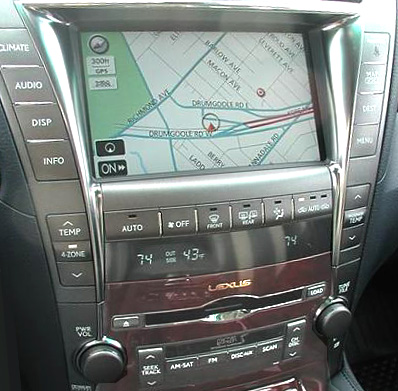
9. **Built-In Navigation Systems**
Many modern vehicles come equipped with factory-installed GPS navigation systems, promising seamless guidance to your destination directly from your dashboard. On paper, having a dedicated navigation system integrated into your car’s infotainment unit sounds like the pinnacle of convenience, offering a streamlined way to find your way without relying on external devices.
However, the reality often falls short of this ideal. Experts frequently point out that built-in navigation systems are “usually clunkier, slower, and harder to update than what you already have on your phone.” Apps like Google Maps and Waze, which are readily available on smartphones, offer “real-time traffic updates and better interfaces,” making them far superior for dynamic driving conditions. The fixed nature of in-car systems often means outdated maps and less intuitive user experiences.
Unless you are investing in a “luxury vehicle with next-level integration” where the system might genuinely offer a premium experience, it’s advisable to “skip this in favor of a reliable phone mount.” This practical approach allows you to leverage the powerful, frequently updated, and user-friendly navigation capabilities of your smartphone, saving you money on an often redundant and inferior built-in feature.
Read more about: The 2025 Chevy Corvette Lineup: A Deep Dive into How the New Models Elevate America’s Favorite Sports Car
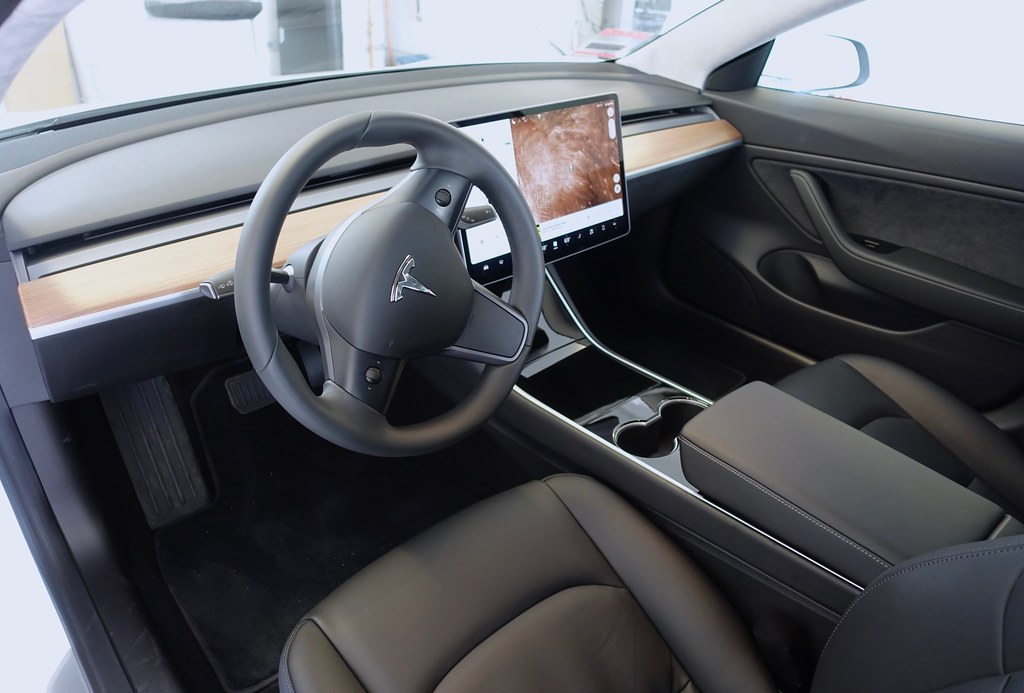
10. **Built-In Wi-Fi Hotspots**
The idea of having a mobile Wi-Fi hotspot directly within your car certainly sounds appealing, especially for long road trips or when passengers need to stay connected on the go. Built-in Wi-Fi hotspots are often presented as a modern convenience, enabling multiple devices to connect to the internet without draining individual phone data plans or relying on spotty public Wi-Fi.
For most drivers, however, this feature often proves to be redundant. “Most people already have unlimited data plans and can hotspot their phones when needed.” Your smartphone effectively serves as a personal mobile hotspot, offering the same connectivity without the need for an additional subscription. Paying a “monthly for your car’s Wi-Fi subscription is redundant for most drivers,” adding an unnecessary recurring expense to your budget.
While it might be considered a “nice perk” for specific scenarios, such as when you “have passengers working on laptops during long trips,” for everyday use, the cost rarely justifies the benefit. Before committing to this feature, assess your actual connectivity needs and consider whether your existing smartphone plan already covers them adequately. Smart spending means avoiding duplicate services.
Read more about: Seriously, What Happened? Why Drivers Are Ditching Sedans for SUVs and What It Means for Your Next Ride
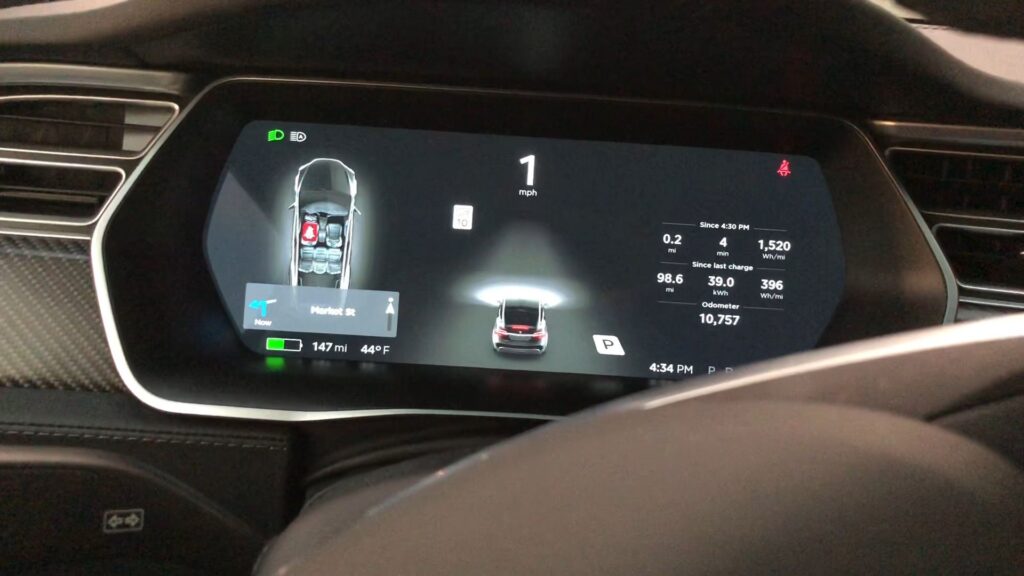
11. **Automatic Parking Systems**
Automatic parking systems are frequently marketed as a revolutionary feature designed to eliminate the stress and difficulty of parallel or perpendicular parking. These advanced systems promise to handle the steering and sometimes even the braking, guiding your vehicle into tight spots with precision, as if by magic. On paper, they appear to be a life-changing innovation, particularly for those who struggle with parking maneuvers.
Yet, the practical application of these systems often reveals a different story. Many users report that automatic parking systems are “often slow, confusing, and underused.” The process can be cumbersome, requiring specific conditions to activate and often taking more time than a skilled driver would need to park manually. Furthermore, in “some models, it still requires you to shift or apply the brake,” meaning it’s not a fully autonomous operation, which can add to the confusion.
The general consensus is that “most drivers try it once, then revert to parking manually.” Rather than relying on a feature that may “fail” or simply complicate a basic driving skill, it’s far more empowering and cost-effective to “practice parallel parking yourself, it’s free.” Investing time in honing your own parking abilities will serve you better in the long run than paying for an expensive and often frustrating automated system.
Read more about: 2025 Volkswagen ID.4: The Comprehensive CNET Guide to Its Family EV Credentials
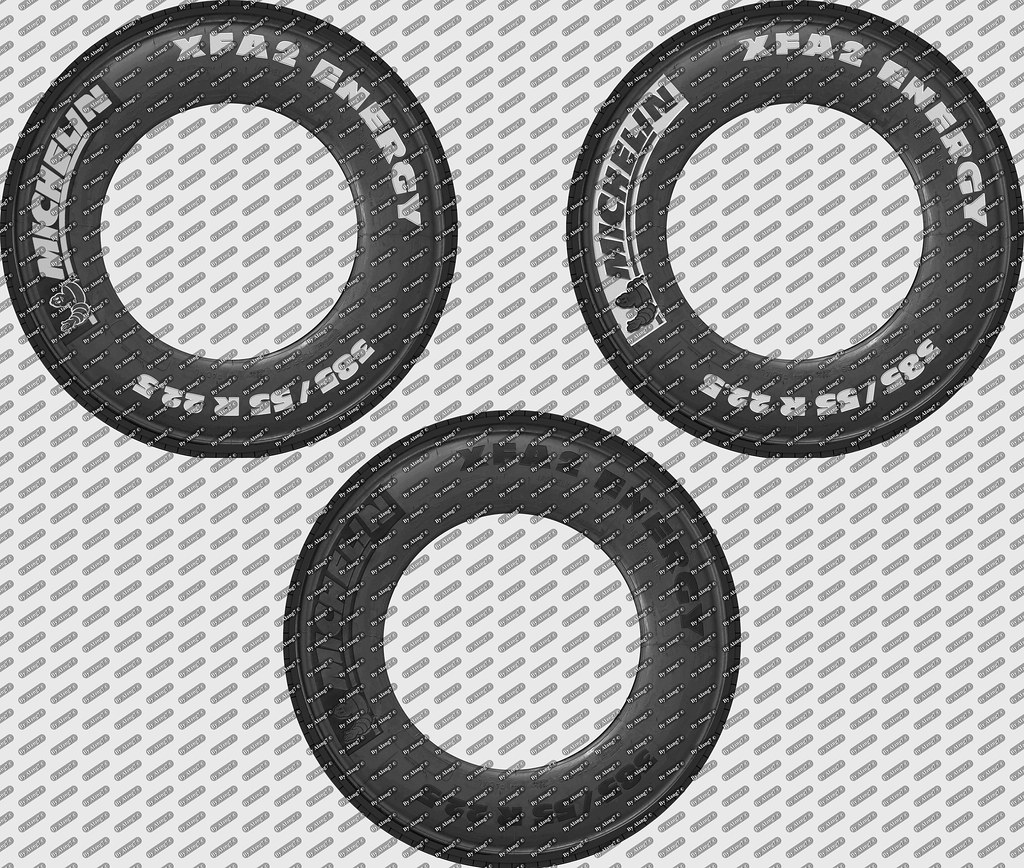
12. **Nitrogen-filled Tires**
The concept of filling your car tires with nitrogen instead of regular air is often touted as a superior option, promising benefits like more stable tire pressure, improved fuel economy, and reduced tire degradation. Many dealerships and service centers offer nitrogen inflation as an upsell, presenting it as an advanced way to optimize your vehicle’s performance and longevity.
However, experts generally agree that “nitrogen-filled tires are another expense you can avoid.” While nitrogen molecules are larger than oxygen molecules, theoretically leading to slower pressure loss, “regular air is sufficient to maintain your tires’ pressure.” The claimed benefits in terms of fuel economy or tire life for average daily driving are often negligible and do not justify the additional cost. “Using nitrogen can cost significantly more than filling with regular air, typically free at many gas stations or if you have a portable tire pressure pump.”
Beyond the cost, there are “practical challenges of using nitrogen, such as finding a location that offers nitrogen refills,” which adds to the inconvenience. “Even with nitrogen, tires still need regular maintenance and pressure checks,” dispelling the notion that it’s a “set it and forget it” solution. Ultimately, “why spend your hard-earned money on something that doesn’t significantly improve your driving experience?” Stick with good old compressed air and regular checks for a more cost-effective and equally effective approach.
Read more about: Unmasking the Markup: Your Essential Guide to Spotting and Avoiding Hidden Car Dealer Fees
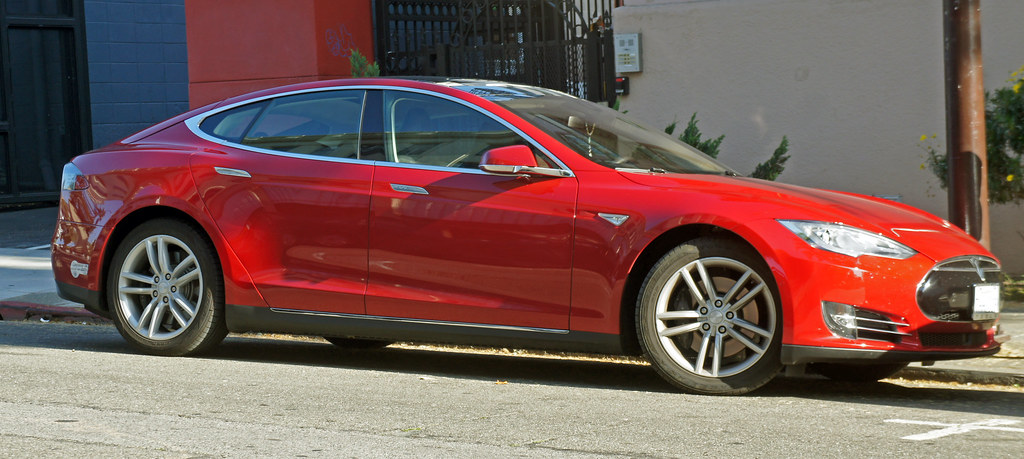
13. **Aftermarket Car Alarms**
Most modern vehicles already come equipped with sophisticated security systems and alarms directly from the factory, offering a baseline level of protection against theft. Despite this, the aftermarket is flooded with additional car alarm systems, marketed as an enhanced deterrent to give vehicle owners greater peace of mind. The promise is a virtually impenetrable shield for your beloved car.
However, an aftermarket alarm system, while potentially putting you at ease, “don’t do much to actually deter theft,” according to experts. One significant issue is the “high rate of false alarms due to an alarm’s sensitivity to faulty key fobs or wiring problems,” which can be a nuisance not only to the owner but also to neighbors. Compounding this, “the public generally ignores it when a car alarm is sounding,” having become desensitized to their frequent false activations.
More critically, experienced thieves are often well-versed in bypassing these aftermarket systems with relative ease. The added expense and complexity of an aftermarket alarm often provide a false sense of security without offering a substantial improvement over the factory-installed systems. Therefore, investing in such an upgrade is largely an exercise in futility, making it a purchase you can confidently skip.
Read more about: 14 Car Accessories That Are Seriously Struggling to Justify Their Price (And Why Drivers Are Saying ‘Total Rip-Off’)

14. **Key Protection Insurance**
Losing your car keys can be a major headache, especially with the newer, sophisticated key fobs that incorporate features like remote entry and start. Replacing these advanced systems, particularly for luxury cars, “can cost hundreds of dollars,” a significant unexpected expense. Moreover, “most comprehensive automotive insurance policies do not provide coverage for lost keys,” leaving many drivers vulnerable to this costly problem.
Seizing on this fear, some dealerships will enthusiastically offer “key protection,” presented as a separate insurance policy specifically for your keys. This package is designed to alleviate the financial burden of lost or damaged fobs, seemingly a wise investment against an unforeseen circumstance. However, like many dealer upsells, it’s crucial to evaluate its true value.
Instead of opting for a standalone key protection policy, “it’s better to spend your money to add roadside assistance to your insurance portfolio.” This is a “cost-effective solution that comes with a list of other potentially useful perks” beyond just key replacement. If you “lose your car keys or have damaged keys that don’t work,” your insurance provider will dispatch a locksmith to your location, offering a much broader safety net for your vehicle and your wallet. It’s about smart, comprehensive coverage, not just niche protection.
**Spend Smart, Not Flashy: The Bottom Line on Car Accessories**
In the journey of car ownership, the temptation to upgrade and personalize your vehicle is ever-present. Dealerships and aftermarket companies alike are always ready to offer a dazzling array of accessories and features, promising to enhance your driving experience. But as we’ve explored across both sections of this guide, not every option is worth your hard-earned cash. Many are “built for show, not long-term value.”
Whether it’s a superficial aesthetic modification or an advanced convenience feature, the key lies in asking critical questions before you buy. Will you “still use that feature six months from now,” and more importantly, will it truly “enhance safety, efficiency, or comfort in a meaningful way?” Our aim is to empower you to see past the hype and make decisions that genuinely benefit your driving life and your bank account.
Read more about: Navigating the 2025 Car Warranty Changes: A Consumer Reports Guide to Protecting Your Used Car Investment
Remember, optimizing your vehicle doesn’t always mean adding more. Sometimes, it means intelligently choosing to add less, focusing on what truly works and discarding what doesn’t. By avoiding these common money traps, you’re not just saving cash; you’re making smarter, more practical choices for your automotive journey.


